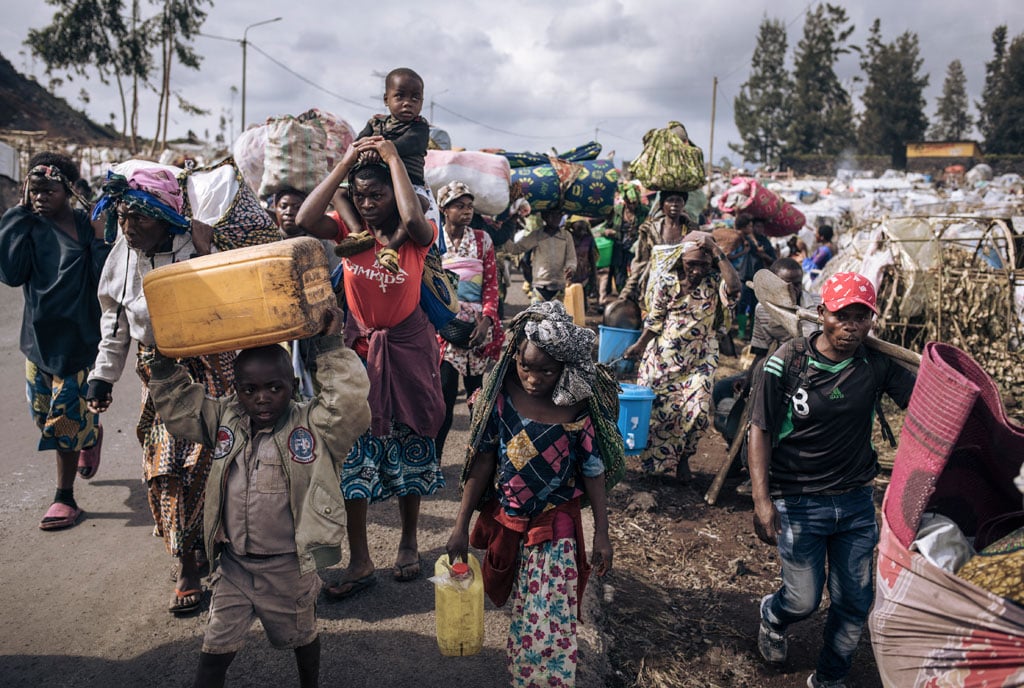1.5m students fail to complete S.4

Excelled. Students of Good Heart SS in Jinja District celebrate UCE success at the school with their head teacher Mr Steven Matutu (centre) on Friday. PHOTO BY FRED MUZALE
What you need to know:
- Causes. The reasons range from cases of early pregnancies, dropping out, joining other institutions of learning to leaving the country.
More than 1.5 million children, who would potentially have sat for the 2018 Uganda Certificate of Education (UCE) exams, were left behind, according to an analysis by Sunday Monitor.
A statistical abstract compiled by the Ministry of Education and Sports that tracked the progress of the group of students who enrolled for Primary One in 2008, shows that the number of those left behind increased as the students advanced from one educational level to another.
The data was issued by Uganda Bureau of Statics (UBOS).
Eleven years since the cohort of 1,897,114 children enrolled for primary school education in 2008, only 330,721 of the pupils were able to complete their Ordinary Level school education by sitting the UCE exams. The status of 1,561,679 children is left for explanations.
Widened gap
The gap between those who progressed and those that stayed behind widened each passing year in their academic journey. By the time this group sat their Primary Leaving Examinations (PLE) in 2014, more than 1,269,771 had dropped off. Only 604,971 or 31 per cent sat for PLE that year.
About half of the 604,971 (326,591) enrolled for secondary school in 2015 with 330,721 sitting for the 2018 UCE exams whose results were released on January 31.
In the end, only 17.4 per cent of the 1,897,114 that joined Primary School in 2009 managed to complete Senior Four. Of these, 169,059 were males and 166,376 females.
Judging by the trend for the past 20 years, this number will have dropped by nearly 50 per cent when the group, which started off Primary One together, sits for the Uganda Advanced Certificate of Education (UACE) in 2020.
Explaining missing number
Several reasons have been advanced that attempt to explain the missing pupils at each stage of educational progress. These explanations range from cases of early pregnancies, dropping out, joining other institutions of learning to leaving the country.
Some could have died before they could finish primary school or are still trapped in the system. Other factors such as hidden costs, lack of school meals, scholastic materials, and uniforms and teachers’ absenteeism could have contributed to the missing total.
It is the question of what is being done to get more children to complete the entire school cycle that the education authorities will have to answer with more action than words.
Previously, the education authorities have indicated they are addressing challenges such as high head teacher and teacher absenteeism, high pupil absenteeism, dropout and repetition, and low teacher utilisation rates. Other challenges they sought to address were dysfunctional district service commissions, and high teacher attrition rates, limited access to pre-primary education and “ghosts” schools, teachers and learners, which combined, explain the large proportion of out-of-school children.
Measures
Global Partnership for Education (GPE), a fund dedicated to education in developing countries, has put forward a number of measures including developing improved instruments that accurately identify the number of out-of-school children and help understand the characteristics and reasons why they remain excluded from school.
The group also calls for building the capacity of its developing country partners to conduct assessments of how existing policies and strategies address out-of-school children, how effective these are, and recommend concrete actions to improve education policies, strategies and plans.
They also advocate policy dialogue with local education groups to support decisions on the content of GPE grant applications, calling attention to gender, equity and inclusion issues, and promoting the use of GPE funds to ensure more children get access to quality education.




